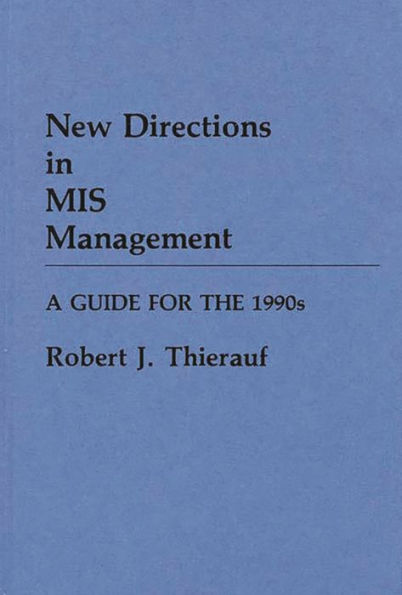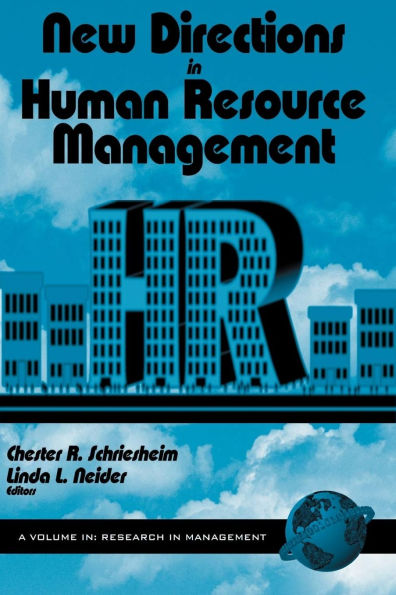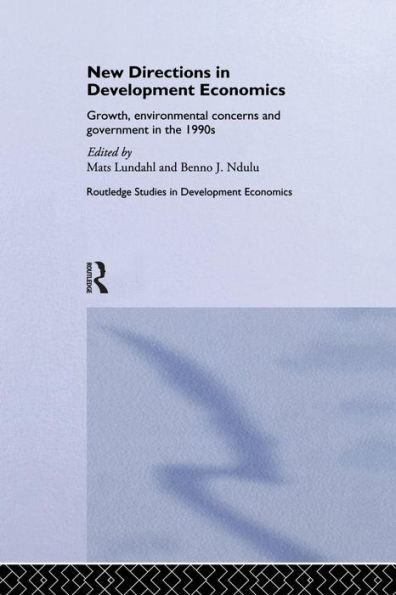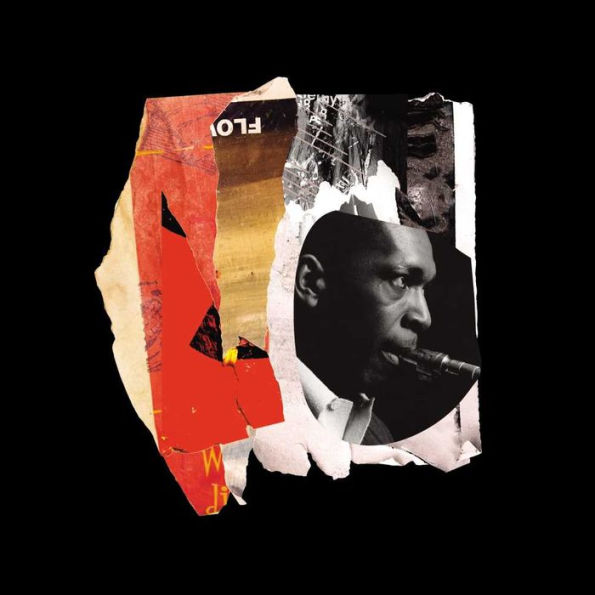Home
New Directions in MIS Management: A Guide for the 1990s
Barnes and Noble
Loading Inventory...
New Directions in MIS Management: A Guide for the 1990s
Current price: $95.00

Barnes and Noble
New Directions in MIS Management: A Guide for the 1990s
Current price: $95.00
Loading Inventory...
Size: OS
*Product information may vary - to confirm product availability, pricing, shipping and return information please contact Barnes and Noble
Thierauf's work develops a number of interesting and potentially useful approaches to management information systems (MIS) practice. The author presents a number of techniques (some well known, others more recent) that practicing MIS managers may adopt to facilitate effective MIS planning for the 1990's by focusing on problem finding rather than on problem solving. A primary recommendation of Thierauf's is the restructuring of the MIS organization using a functional (end-user) departmental approach. Discussed at length are various issues relevant to this restructuring, such as staffing, motivating MIS personnel and end users, and MIS ‘soft' controls. Recommended for upper-level undergraduate and graduate students as well as practicing managers and MIS specialists.
Choice
With new developments in hardware and software, MIS managers are increasingly faced with the need to develop more sophisticated managerialas opposed to purely technicalskills. Here, an acknowledged expert in the field of information systems draws on his own original research and experience to develop a set of workable strategies and techniques that MIS managers can use to function more effectively as we move into the next decade. Thierauf identifies probable trends in the field in coming years and outlines ways in which MIS managers can anticipate predictable problems, apply improved management skills to the end-user interface, and effectively motivate MIS personnel.
Thierauf concentrates particularly on four major areas of managerial responsibility: planning, organizing, motivating, and controlling. In planning, he shows how to use problem-finding techniques to anticipate and solve potential problems between MIS personnel and end-users. To help reduce this conflict, Thierauf argues, there is a need for a new direction in organizing MIS departments. He proposes bringing MIS and end-use departments together by using a functional departmental approach. In motivating MIS personnel, there is need to go beyond self-actualization by emphasizing mutual actualization as well as self donation. Finally, in the area of control, Thierauf advocates the use of soft controls to replace stringent controls that have had a tendency to restrict personal freedom on the job. A common thread througout the discussion is a focus on effective guidelines for the MIS manager to follow in order to come to grips with the changing realities of the 1990s.
Choice
With new developments in hardware and software, MIS managers are increasingly faced with the need to develop more sophisticated managerialas opposed to purely technicalskills. Here, an acknowledged expert in the field of information systems draws on his own original research and experience to develop a set of workable strategies and techniques that MIS managers can use to function more effectively as we move into the next decade. Thierauf identifies probable trends in the field in coming years and outlines ways in which MIS managers can anticipate predictable problems, apply improved management skills to the end-user interface, and effectively motivate MIS personnel.
Thierauf concentrates particularly on four major areas of managerial responsibility: planning, organizing, motivating, and controlling. In planning, he shows how to use problem-finding techniques to anticipate and solve potential problems between MIS personnel and end-users. To help reduce this conflict, Thierauf argues, there is a need for a new direction in organizing MIS departments. He proposes bringing MIS and end-use departments together by using a functional departmental approach. In motivating MIS personnel, there is need to go beyond self-actualization by emphasizing mutual actualization as well as self donation. Finally, in the area of control, Thierauf advocates the use of soft controls to replace stringent controls that have had a tendency to restrict personal freedom on the job. A common thread througout the discussion is a focus on effective guidelines for the MIS manager to follow in order to come to grips with the changing realities of the 1990s.
Thierauf's work develops a number of interesting and potentially useful approaches to management information systems (MIS) practice. The author presents a number of techniques (some well known, others more recent) that practicing MIS managers may adopt to facilitate effective MIS planning for the 1990's by focusing on problem finding rather than on problem solving. A primary recommendation of Thierauf's is the restructuring of the MIS organization using a functional (end-user) departmental approach. Discussed at length are various issues relevant to this restructuring, such as staffing, motivating MIS personnel and end users, and MIS ‘soft' controls. Recommended for upper-level undergraduate and graduate students as well as practicing managers and MIS specialists.
Choice
With new developments in hardware and software, MIS managers are increasingly faced with the need to develop more sophisticated managerialas opposed to purely technicalskills. Here, an acknowledged expert in the field of information systems draws on his own original research and experience to develop a set of workable strategies and techniques that MIS managers can use to function more effectively as we move into the next decade. Thierauf identifies probable trends in the field in coming years and outlines ways in which MIS managers can anticipate predictable problems, apply improved management skills to the end-user interface, and effectively motivate MIS personnel.
Thierauf concentrates particularly on four major areas of managerial responsibility: planning, organizing, motivating, and controlling. In planning, he shows how to use problem-finding techniques to anticipate and solve potential problems between MIS personnel and end-users. To help reduce this conflict, Thierauf argues, there is a need for a new direction in organizing MIS departments. He proposes bringing MIS and end-use departments together by using a functional departmental approach. In motivating MIS personnel, there is need to go beyond self-actualization by emphasizing mutual actualization as well as self donation. Finally, in the area of control, Thierauf advocates the use of soft controls to replace stringent controls that have had a tendency to restrict personal freedom on the job. A common thread througout the discussion is a focus on effective guidelines for the MIS manager to follow in order to come to grips with the changing realities of the 1990s.
Choice
With new developments in hardware and software, MIS managers are increasingly faced with the need to develop more sophisticated managerialas opposed to purely technicalskills. Here, an acknowledged expert in the field of information systems draws on his own original research and experience to develop a set of workable strategies and techniques that MIS managers can use to function more effectively as we move into the next decade. Thierauf identifies probable trends in the field in coming years and outlines ways in which MIS managers can anticipate predictable problems, apply improved management skills to the end-user interface, and effectively motivate MIS personnel.
Thierauf concentrates particularly on four major areas of managerial responsibility: planning, organizing, motivating, and controlling. In planning, he shows how to use problem-finding techniques to anticipate and solve potential problems between MIS personnel and end-users. To help reduce this conflict, Thierauf argues, there is a need for a new direction in organizing MIS departments. He proposes bringing MIS and end-use departments together by using a functional departmental approach. In motivating MIS personnel, there is need to go beyond self-actualization by emphasizing mutual actualization as well as self donation. Finally, in the area of control, Thierauf advocates the use of soft controls to replace stringent controls that have had a tendency to restrict personal freedom on the job. A common thread througout the discussion is a focus on effective guidelines for the MIS manager to follow in order to come to grips with the changing realities of the 1990s.

















